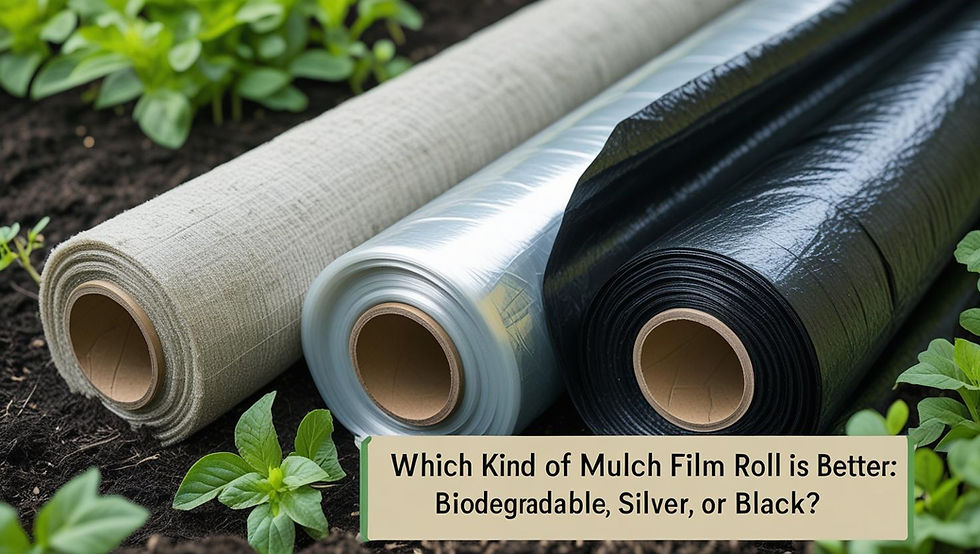How Print Quality and Durability Are Increased by Adhesive Lamination
- Rahul Solanki
- Jul 4
- 4 min read

Introduction
Adhesive lamination, which entails applying a protective film to printed surfaces to improve both their appearance and functionality, has emerged as a crucial element in the fields of packaging, signage, and label design. Applications requiring high gloss, moisture resistance, or abrasion protection benefit greatly from adhesive lamination. The outcomes are not only aesthetically pleasing but also long-lasting when combined with flexible laminate rolls. Innovations from related industries, such as surface protection tapes, which provide information on efficient adhesion and resistance technologies, also have an impact on this approach. Adhesive lamination is now the foundation of long-lasting, high-quality printing on everything from brochures to packaging.
What is Adhesive Lamination?
Definition and Process
In adhesive lamination, a film layer is bonded over printed material using heat-activated or pressure-sensitive adhesives. Depending on the requirements of the application, this film can be glossy, matte, or textured. The procedure improves printed media's appearance and durability.
Types of Adhesives Used
Solvent-based adhesives – Strong bond but may emit VOCs.
Water-based adhesives – Eco-friendly and used in general-purpose lamination.
UV-curable adhesives – Offer fast curing and resistance to yellowing.
Common Materials Used
Films used in adhesive lamination typically include:
Polyester (PET)
BOPP (Biaxially Oriented Polypropylene)
Nylon
These materials are often sourced from flexible laminate rolls that cater to industrial lamination processes.
Benefits of Adhesive Lamination for Print Quality
Enhanced Visual Appeal
Vivid Colors: Lamination makes printed colors pop with increased contrast and clarity.
Custom Finishes: Choose from glossy, matte, or satin textures for a branded look.
Luxury Feel: Laminated surfaces feel more professional and premium, enhancing customer perception.
Ink Locking
The laminate seals the ink after it is applied, avoiding fading, bleeding, or smudging. For luxury packaging, posters, and catalogues, this is crucial.
Improved Readability
Labels and information stay readable thanks to laminated surfaces' reduced susceptibility to glare and smudging.
Durability Improvements Through Lamination
Physical Protection
Adhesive lamination helps protect printed items from:
Scratches
Dirt
Oil or chemical spills
UV and Moisture Resistance
Laminates are perfect for outdoor signage or food packaging exposed to cool storage because they block harmful UV rays and prevent water damage.
Tear Resistance
Laminated materials have higher tensile strength and can tolerate handling stress, whereas paper is easily torn.
How Flexible Laminate Rolls Contribute
Industrial Applications
Flexible laminate rolls are used in large-scale production settings to effectively laminate large print runs, such as product labels, magazine covers, and carton boxes.
Reduced Material Wastage
These rolls minimise setup errors and print waste by offering consistent film thickness and adhesion.
Compatibility with Multiple Substrates
They work well with a variety of substrates, such as plastic, board, and paper. This makes it possible to use adhesive lamination in a variety of industries.
Surface Protection Tapes and Their Impact on Lamination Design
Innovation in Adhesives
The purpose of surface protection tapes is to stick to surfaces without leaving any trace. Clean-release laminating adhesives, which adhere well but can be removed when necessary, are made using the same technology.
Temporary Lamination Applications
Low-tack adhesive lamination, based on surface protection tapes, is used for temporary promotional items, displays, and protective overlays for electronics.
Enhancing Scratch Resistance
Originally created for surface protection tapes, laminates with scratch-resistant layers are now used in upscale packaging and retail displays.
Industries That Rely Heavily on Adhesive Lamination
Printing and Publishing
Book covers
Business cards
Magazines
Packaging and FMCG
Food packaging labels
Cosmetic cartons
Beverage branding sleeves
Electronics and Manufacturing
Membrane switches
Panel overlays
Instructional stickers
Sustainability and Environmental Responsibility
Eco-Friendly Laminates
Compostable and biodegradable films are becoming more and more popular, which helps cut down on landfill waste.
Recyclable Adhesives
In adhesive lamination applications, pressure-sensitive adhesives made from natural resins are becoming more and more common.
Water-Based Alternatives
In accordance with international sustainability standards, water-based lamination offers a more environmentally friendly solution with fewer solvent emissions.
Technological Advancements and Smart Lamination
Anti-Fingerprint and Anti-Bacterial Coatings
Modern developments have produced laminates that are impervious to bacteria and fingerprints, making them perfect for food and medical packaging.
Interactive Laminated Labels
Laminated labels can incorporate NFC chips or QR codes for marketing, traceability, or brand interaction.
Automation in Lamination Lines
Flexible laminate rolls and high-speed machinery have made it possible for brands to expand rapidly without sacrificing quality.
Key Considerations When Choosing Adhesive Lamination
End Use and Handling Environment
Will the product be handled roughly, exposed to moisture, or exposed to UV light? Select laminates appropriately.
Compatibility with Print Material
Certain inks or papers may react or warp when exposed to certain adhesives. Testing is crucial.
Adhesion Strength Requirements
Choose between a permanent and a removable bond. Make wise decisions by applying the lessons learnt from surface protection tapes.
Final Thoughts
Basic printed materials can be transformed into high-performing, aesthetically pleasing, and long-lasting products through adhesive lamination. The future of lamination is in sustainability, smarter materials, and worldwide scalability, supported by flexible laminate rolls and taking inspiration from surface protection tapes. Using superior lamination techniques will result in better products and longer customer satisfaction whether you're a printer, manufacturer, or designer.
FAQs
How does adhesive lamination affect ink durability?
The ink layer is protected from scratches, smudging, and UV light by adhesive lamination, which locks it beneath a protective film.
Can I use flexible laminate rolls with any lamination machine?
Although standard flexible laminate rolls can be accommodated by the majority of industrial laminators, compatibility should always be checked before use.
Are surface protection tapes reusable?
Some are made to serve several purposes, particularly in the glass or electronics industries. Peelable adhesive lamination is informed by their adhesive technology.
What thickness of lamination film should I use?
The application determines this. While packaging boxes may need 3 mil or more, business cards may use 1.5 mil films.
Is adhesive lamination waterproof?
Indeed. Laminates are widely used in food and pharmaceutical packaging because they offer a waterproof barrier.



Comments